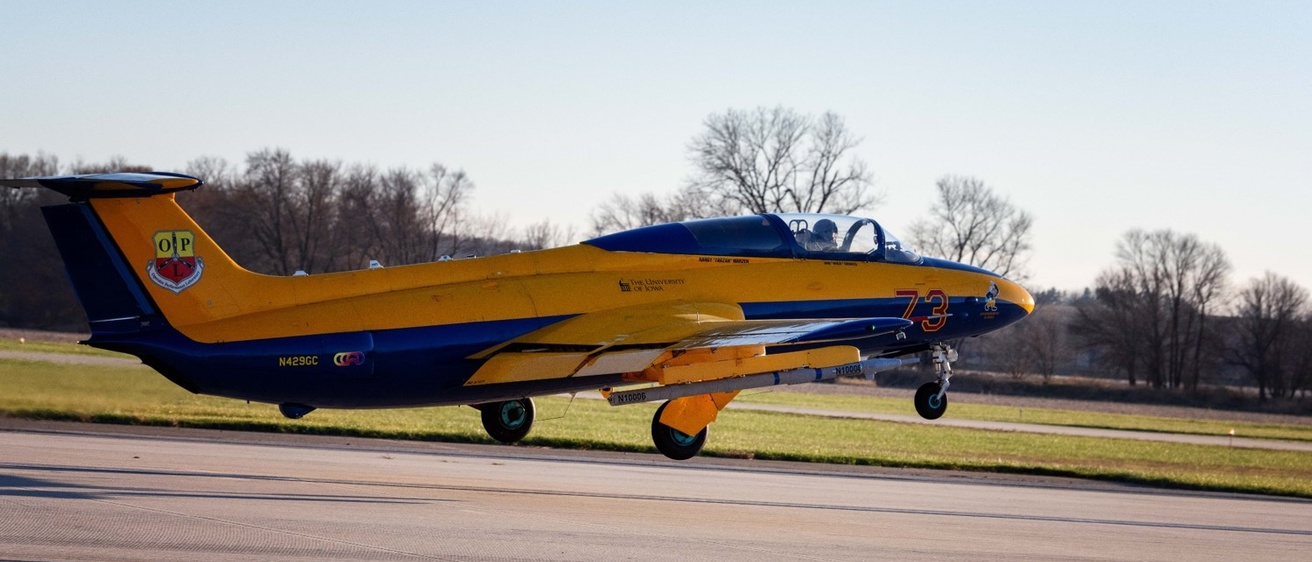Need
- Many famous engineering disasters trace back to poor systems engineering, particularly in the area of Human Systems Integration (HSI) and requirements capture.
- Cubicle-dwelling design teams often make grave errors in specifying requirements. They fail to take the entire system into consideration. It looked great on PPT but ended up failing.
- We need to rediscover and greatly promote the design-fly-fix methodology that forces designers out of the cubicle into the test aircraft and in early contact with the test pilot community.
- Future test pilots must be schooled in this concept through cutting-edge training on flying testbeds and flying breadboards.
Research Topics
- Spatial disorientation prevention in 5th and future Gen fighters
- Spatial audio cueing for threat tracking
- In-cockpit data fusion and presentation using novel methods
- Cockpit hopping in manned unmanned teams (MUMT)
- Feasibility and usability of fighter aircraft without cockpit transparency hardware
- Derive and test HSI requirements for future all-weather-long range air defense penetration tactical fighter
- Support advances in fighter trainer aircraft
OPL Resources
- OPL has a fleet of aircraft and a distributed test systems architecture that allows for system-wide multi-domain testing of solutions early in the design cycle. Fail early so you don’t fail later.
- The Live Virtual Constructive (LVC) framework features an Open Systems Architecture (OSA) that researchers can program and configure as needed to study complex system interactions across federations of team members.
- Data collection and analysis systems such as the Cognitive Assessment Tool Set (CATS) are available and deeply integrated with this architecture to facilitate research, development, and testing at low to high TRL.
